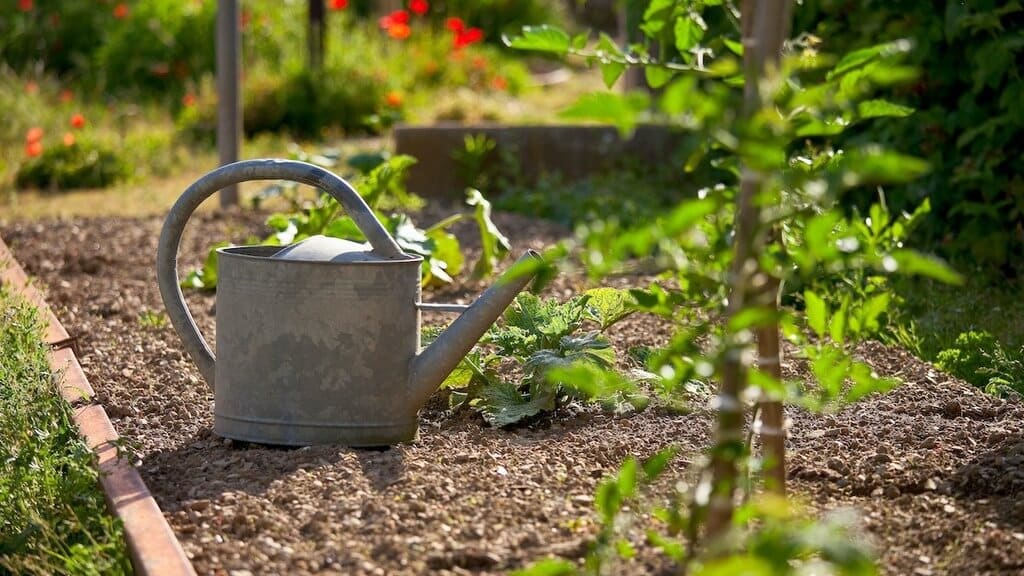There is an idea that goes beyond sustainability these days. It is more important than ever to build a house that is not going to put added pressure on the environment. However, it is far more important to build a house that is in sync with nature to provide resilience in addition to being sustainable.
This involves creating your own personal ecosystem that comes from a sustainable outdoor area. The idea is to make a system that feeds itself and provides you with food and water so you are less reliant on the grid for these things. It’s called permaculture and can be used in any climate and in any part of the country or world. In this article, we will go over some of the basics when it comes to permaculture so you can create your own little Eden.
1. Map It Out
The first thing to do before you really think about how to make a design for permaculture is to map out the ground so you can decide on how to use the area. Create different zones for different uses. For instance, even though you may be trying to create a food forest, you will still want to have a living space with decorations for the home in a place to relax.
There will be an area for vegetables, another for water collection, and another for making compost. Every part of the yard and garden will have a specific purpose including your outdoor living area. It is important to make a sketch of the area you have so you can decide how much room you need for each zone.
At that point, you will need to calculate how much space is required for each activity so you can figure out where to place the different zones in the yard. When you are planning out the zones, try to keep the ones that you need the closest to the house. For instance, if you plan to have an herb garden then you wouldn’t want that to be too far from the kitchen.
You may also want to make sure the compost is not too close in case it smells, but at the same time, it shouldn’t be too far so you don’t have to go far to throw away your kitchen scraps.
2. Have a Water System

One of the fundamentals with regard to permaculture systems is the use of water. Since it is a resource that is becoming scarce in many areas, it is essential to figure out how to best use it so none of it goes to waste.
The first thing to do is collect the rainwater you receive in cisterns to use for your plants and even for domestic use. If you collect a lot of it, you can use large cisterns that have filters and pumps so you can even drink this water. If not, then having a few rain barrels that collect the rainwater from your roof will be good enough.
A greywater system is also something that helps avoid wasting water. Have your sinks and showers drain into the yard with a sandy collection area to filter out the soaps and dirt. Then allow the water to pass on to where it can hit the roots of your trees planted around the house so they get plenty of water without needing to use your domestic water or the collected rainwater.
3. Use Local Flora
Every climate has plants that thrive in the conditions that are present in that area. If you live in an arid zone, then you should choose the types of plants that have always thrived there as they will need very little water. If you live in a very humid area then choose plants whose roots won’t rot due to exposure to wet conditions.
The idea is that you will have an easier time maintaining them than if you were to try to force plants that otherwise have no business living there. If your system is in tune with nature then there is very little work you will need to do to have a successful garden with lots of plants that provide you with food and other necessities.
4. Be Seasonal

Your permaculture food forest should be mostly green all year round. This means that you should be planning out the entire year and planting things that will bloom and be green during different times of the year. This means that you should have a mix of annuals that will die off every year and need to be replanted along with perennials that will regrow every year.
This will make your garden prettier to look at, but also productive for the entire year. You can grow a lot of crops to eat even in the colder months in many zones where the weather doesn’t get too harsh.
5. Create Layers
You should be thinking about your system from the ground up. Actually from even below the ground. Try to create layers in which everyone has a plant or organism that will thrive in that layer. For example, permaculture starts with creating good soil. Start by making sure that you have lots of organic material in your soil that will be the base for your plants to thrive since it attracts microorganisms that feed the soil and your plants.
Then, have your ground plants that will cover the soil and help it to hold moisture. These are plants that may not need a lot of sunlight since they will be below the larger plants and trees that will likely block it.
Then focus on the plants that will grow higher and place them where they will get plenty of sunlight.
Conclusion
If everybody created a permaculture system in their garden then there would be less of a strain on the local resources. Look into ways that you can incorporate these principles into your life and you’ll see a profound difference.
Discover More

